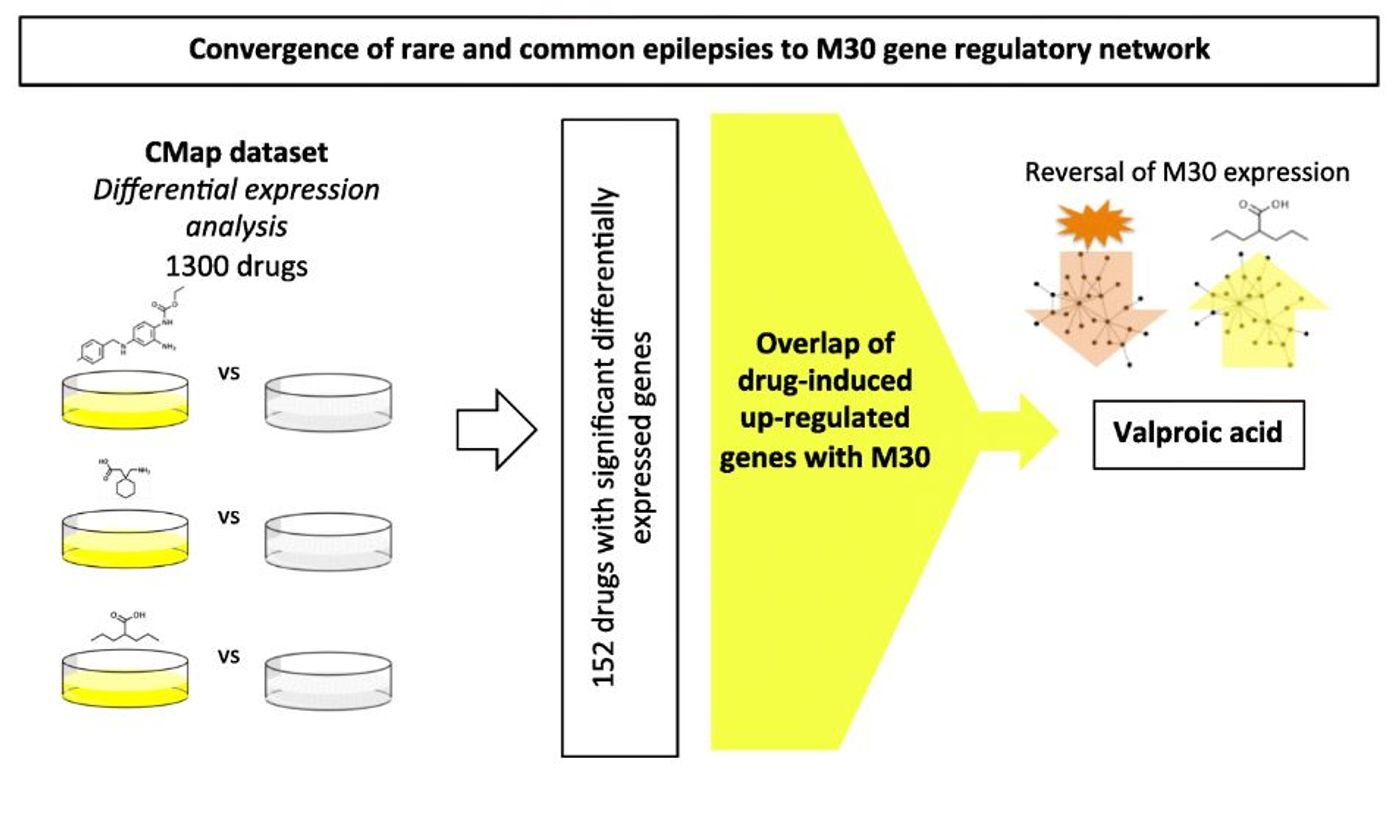Potential New Drug Target For Epilepsy
Epilepsy is one of the most common neurological diseases worldwide, affecting more than 50 million people. Epilepsy is characterized by seizures ranging from brief and barely detectable to severe episodes of shaking and convulsions. The neurological disease doesn’t seem to have a direct cause but is known to be due to incorrect or excessive firing of neurons.
Research has shown that there is a genetic component to epilepsy, however, many cases are caused by trauma or stroke. And despite the more than 30 types of medications available to help treat epileptic seizures, there are still an estimated one third of patients who have uncontrollable symptoms.
Scientists at the Imperial College London recently discovered an ‘epileptic network’ of genes that are associated with epilepsy and might lead to a new approach to treatment. The group of 320 genes, called M30, is thought to be involved in cell to cell communication in the brain. The study is published in Genome Biology.
Dr. Michael Johnson, senior author of the study, explains that any malfunction in this network can trigger epilepsy. By developing new therapies to repair the network, clinicians could treat epilepsy at its initial source and possibly halt seizures. Potential treatments are not limited to genetic causes either. The network seems to be broken in both epileptic cases caused by genetic mutations and in those caused by injury such as stroke or infection.
The team used systems biology and expression network analysis to examine thousands of genes and mutations associated with epilepsy. They also looked at expression data from healthy human brains to find networks of these genes that work together and from mice to confirm that when these networks malfunction they cause epileptic seizures. They observed that M30 contains several genes that are downregulated in many different types of epilepsy.
“Until recently we have been looking for individual genes associated with diseases, which drug companies then target with treatments. However, we are increasingly aware that genes don’t work in isolation. Identifying groups of genes that work together, and then targeting these networks of genes, may lead to more effective treatments. Our proof of concept study suggests this network biology approach could help us identify new medications for epilepsy, and the methods can also be applied to other diseases.”
After zeroing in on the M30 network, researchers virtually tested 1,300 known seizure associated treatments to see which ones affected the functioning of the network and which ones could restore any issues. They found two drugs that seemed to have substantial effects on seizure intensity and frequency; one is a known epileptic treatment and the other had not previously been used in standard therapy.
Using differential expression analysis of the genes based on drug exposure, the scientists saw a dose-dependent effect on M30 with Valproic Acid, a known epileptic medication, and suggested that higher doses of the medication would produce a greater therapeutic effect.
The screen also highlighted a new network-drug interaction with whitaferin A, a steroidal lactone contained in the Indian ginseng plant that has been used in Ayurvedic medicine for treatment of a wide range of diseases including epilepsy. Additional studies of whitaferin A in animal models have reported the anticonvulsive effect of this drug.
Johnson suggested that network biology, the computational analysis method used in the study, could be used to identify gene networks associated with other diseases, resulting in new approaches to finding treatments and novel therapies.









